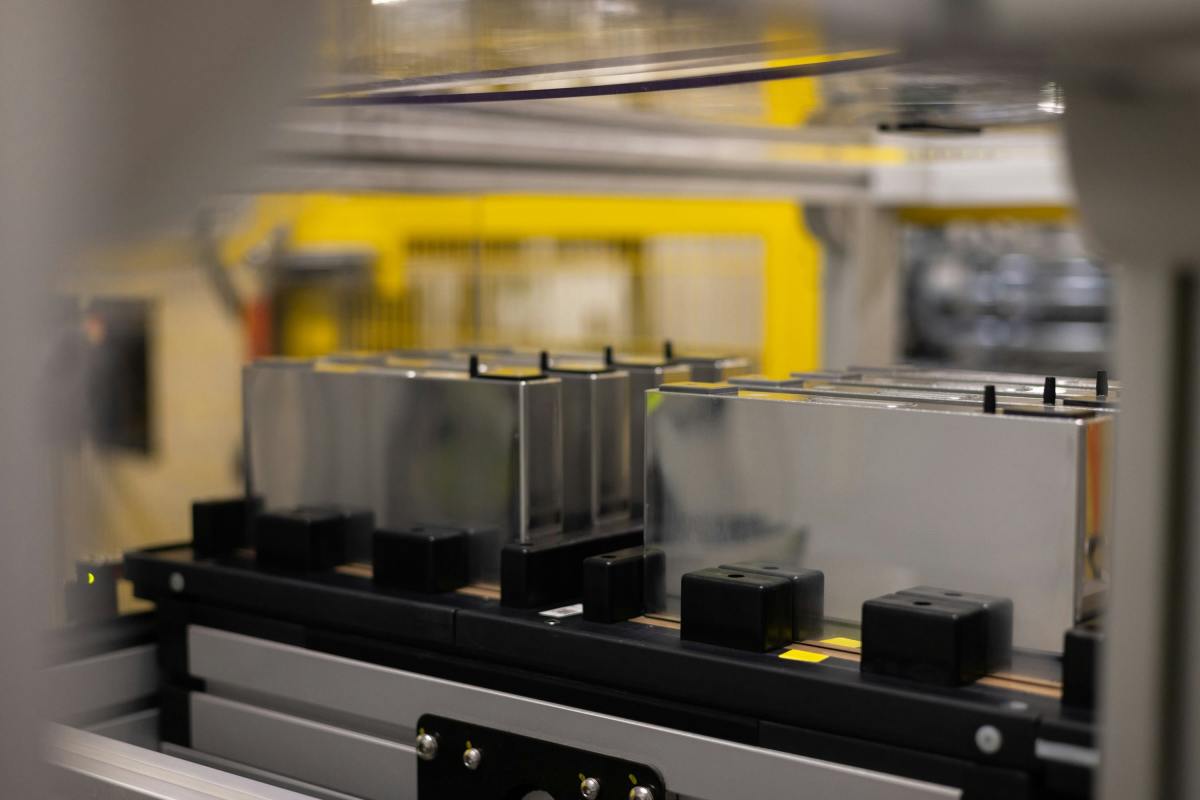Grafana Labs on Tuesday unveiled a series of new features aimed at simplifying the oversight of data and IT processes, including Explore Apps that enable customers streamline exploration and an automated tool that targets cost reduction by identifying usage patterns.
In addition, the vendor introduced new capabilities that enable customers to monitor the performance of machine learning projects and the large language models used to train AI models and applications.
Collectively, the new features accomplish Grafana Labs’ goal of making its platform easier to use, according to Torsten Volk, an analyst at TechTarget’s Enterprise Strategy Group.
“These latest updates simplify the adoption of Grafana’s observability platform by a wider range of user roles,” he said. “Many of the new features and capabilities allow less experienced or simply less technical users to monitor and troubleshoot cloud native apps and multi-cloud environments within a business context.”
In addition, the new capabilities further Grafana Labs’ evolution from a vendor of data visualization software for time series data to a complete observability specialist, Volk continued.
“Their initial claim to fame was the flexibility of their dashboard interface and their ability to query and visualize data from basically any source,” he said. “This turns Grafana into a serious contender in the observability space.”
Based in New York City, Grafana Labs is an open source vendor.. Using its tools, customers can monitor metrics to track the performance of various data management and IT operations.
The vendor’s LGTM stack includes Loki for logs to keep track of metric performance, Grafana for dashboards to easily view metrics, Tempo to monitor applications for failures and Mimir to provide access to the open source Prometheus platform’s capabilities for overseeing microservices and containers.
To date, Grafana Labs has raised over $800 million in funding, including $270 million in August 2024 and $240 million in April 2022.
Competitors include Datadog, Dynatrace and Splunk.
New capabilities
OpenAI’s launch of ChatGPT nearly two years ago led to an explosion of enterprise interest in developing AI models and applications.
Generative AI has the potential to help businesses by enabling non-technical employees to work with data through true natural language processing as well as make technical experts more efficient by reducing repetitive tasks and automating previously manual processes.
To benefit from generative AI, developers need to combine the capabilities of either public large language models (LLMs) such as ChatGPT and Google Gemini or internally developed smaller language models with their organization’s proprietary data. Developers can then train AI models and applications that understand their organization to respond to queries about its operations as well as take over tasks such as data discovery and data observability that were previously done by data engineers and other data experts.
In response, Grafana Labs developed a feature that enables customers to track the performance of LLMs, including latency and cost. The tool uses open source tools to observe LLMs and sends its findings to Grafana Cloud where they can be visualized using the vendor’s AI observability capabilities.
In addition, as enterprises develop more AI and machine learning tools, Grafana Labs worked with design partner Nvidia to develop a tool to observe machine learning experiments by tracking certain model metrics and developed GPU monitoring capabilities to help developers better understand their workloads.
Beyond new tools for monitoring AI-related processes, significant new features unveiled by Grafana Labs include Adaptive Logs and new root cause analysis capabilities resulting from the vendor’s November 2023 acquisition of Asserts.ai.
Adaptive Logs are an automated tool now generally available that aims to lower observability costs by identifying log file patterns and creating customized recommendations so that users can retain important log file patterns and eliminate unnecessary ones.
“The cost of ingesting, processing, and storing telemetry data is one of the biggest pain points in observability today,” Volk said. “It is exciting to see Grafana attack this challenge head on by pruning telemetry data based on its predictive value.”
Meanwhile, using the technology inherited with its acquisition of Asserts.ai, Grafana Labs unveiled a set of AI and machine learning-based tools that automate anomaly detection within applications and infrastructure systems and provide troubleshooting recommendations.
“This … is a key capability that helps organizations lower operations cost by focusing on what really matters,” Volk said. “By filtering out noise and surfacing actionable insights, engineers can resolve incidents faster, reducing downtime and improving reliability.”
While Volk highlighted Adaptive Logs and root cause analysis, Tom Wilkie, Grafana Labs’ chief technology officer, called out Explore Apps as an important addition to the Grafana Labs platform.
Explore Apps are prebuilt user interfaces that enable users to query data without having to know query languages such as PromQL, LogQL, or TraceQL.
With the collective goal of the new features being to simplify using Grafana Labs’ observability platform and to help new users quickly and easily get started with its use, Explore Apps directly address ease of use.
The first Explore Apps were Explore Metrics and Explore Logs. Now, Grafana Labs is adding Explore Traces and Explore Profiles, both of which are in public preview.
“Our Explore Apps are designed to make data exploration and analysis more accessible and user-friendly, Wilkie said. ” These tools help junior [site reliability engineers] and developers perform at the same level as someone with decades of experience. I think it’s going to help a lot of teams resolve issues faster and overall become more efficient.”
Additional new Grafana Labs features — among others — include the following:
- Cloud Provider Observability, now generally available, to let users monitor their AWS, Google Cloud and Microsoft Azure usage.
- K6 Studio, a low-code/no-code test authoring tool that eliminates the need to hand-script in JavaScript to create tests.
- Incident rooms to capture and provide real-time call transcripts that include data related to incidents when tools or services fail to provide their designated outcome.
While the goal of many of the new features is to simplify querying and analyzing observability data, the impetus for developing them came from customer feedback in concert with Grafana Labs’ market observations, according to Wilkie.
One key observation has been a heightened emphasis on cost control. For example, Adaptive Logs is among the tools the vendor developed to help customers manage their IT spending.
“We know companies can’t simply get rid of their observability stack, so we’re making it more cost-effective for them without losing any functionality,” Wilkie said.
Plans
Just as many of Grafana Labs’ new features center on making its platform easier to use, the vendor’s near-term roadmap is focused on further simplifying the platform to appeal to a broader audience of users, according to Wilkie.
After its founding in 2014, Grafana Labs focused on open source dashboarding that enabled users to visualize observability data from nearly 200 sources. Four years later, the vendor added Loki, Tempo and Mimir to its platform to offer more complete observability capabilities.
Now, Grafana Labs’ aim is adding features such infrastructure observability, reliability testing, incident response management and application observability.
“Now, we’re in Act III, focused on bringing our observability technologies to a mainstream audience,” Wilkie said. “That’s where you’ll continue to see a lot of innovation from us in the next six to 12 months.”
Volk, meanwhile, suggested Grafana Labs add more role-based features to enable users such as developers, administrators and security experts to collaborate as they detect and address problems.
In addition, the vendor could add more machine learning capabilities to automate more of the observability process, he continued.
“Grafana needs to continue to double down on providing role-specific capabilities to proactively detect, optimize, and — eventually — automatically address issues,” Volk said. “The platform needs to … accumulate and retain the lessons learned from solving these issues as the basis for future automated issues resolution.”
Eric Avidon is a senior news writer for TechTarget Editorial and a journalist with more than 25 years of experience. He covers analytics and data management.









































































































































You must be logged in to post a comment Login